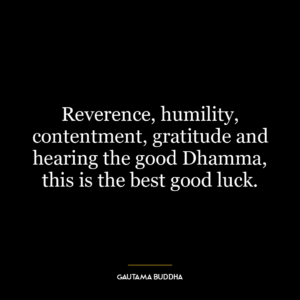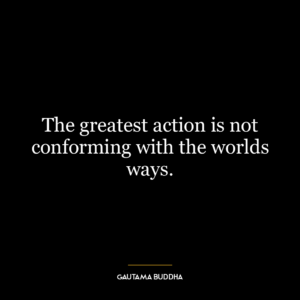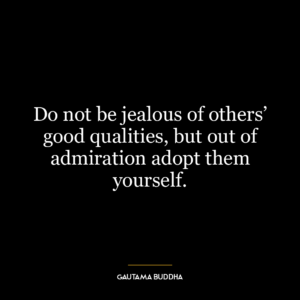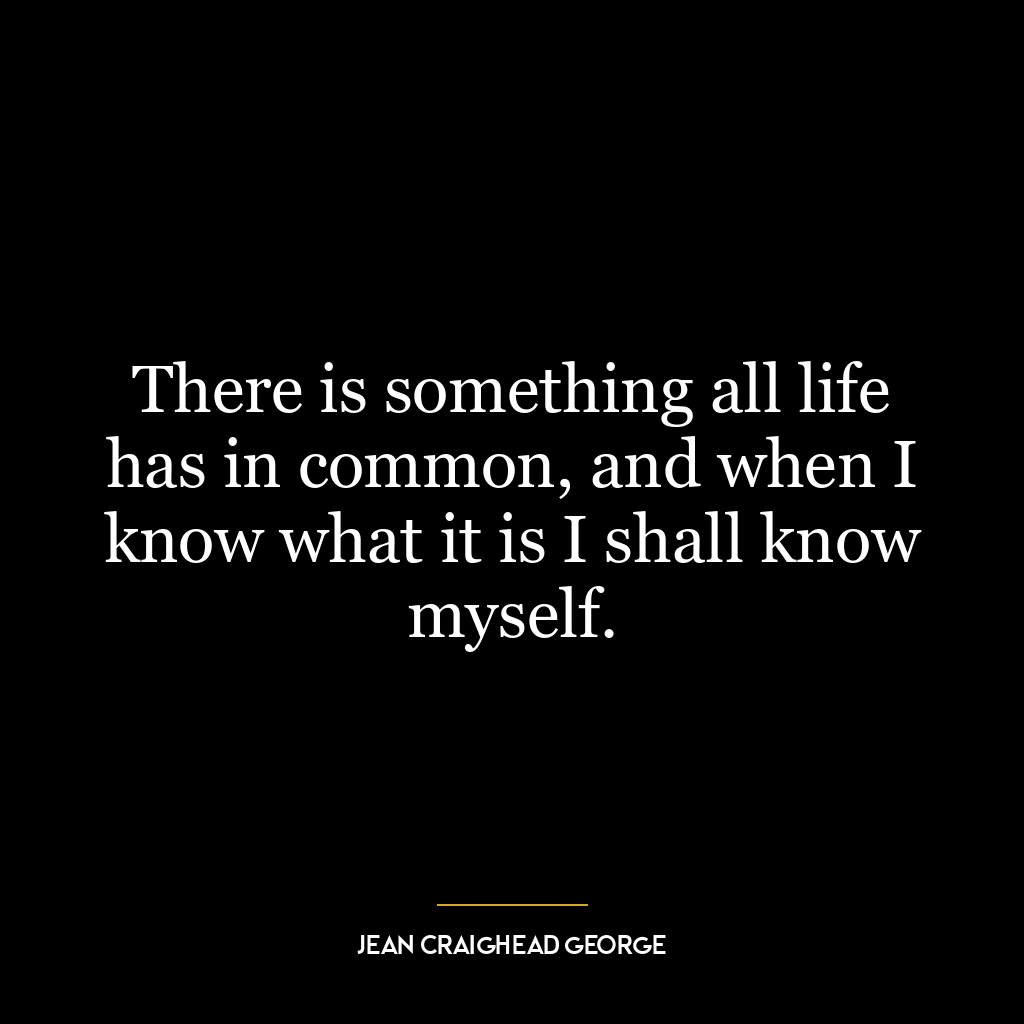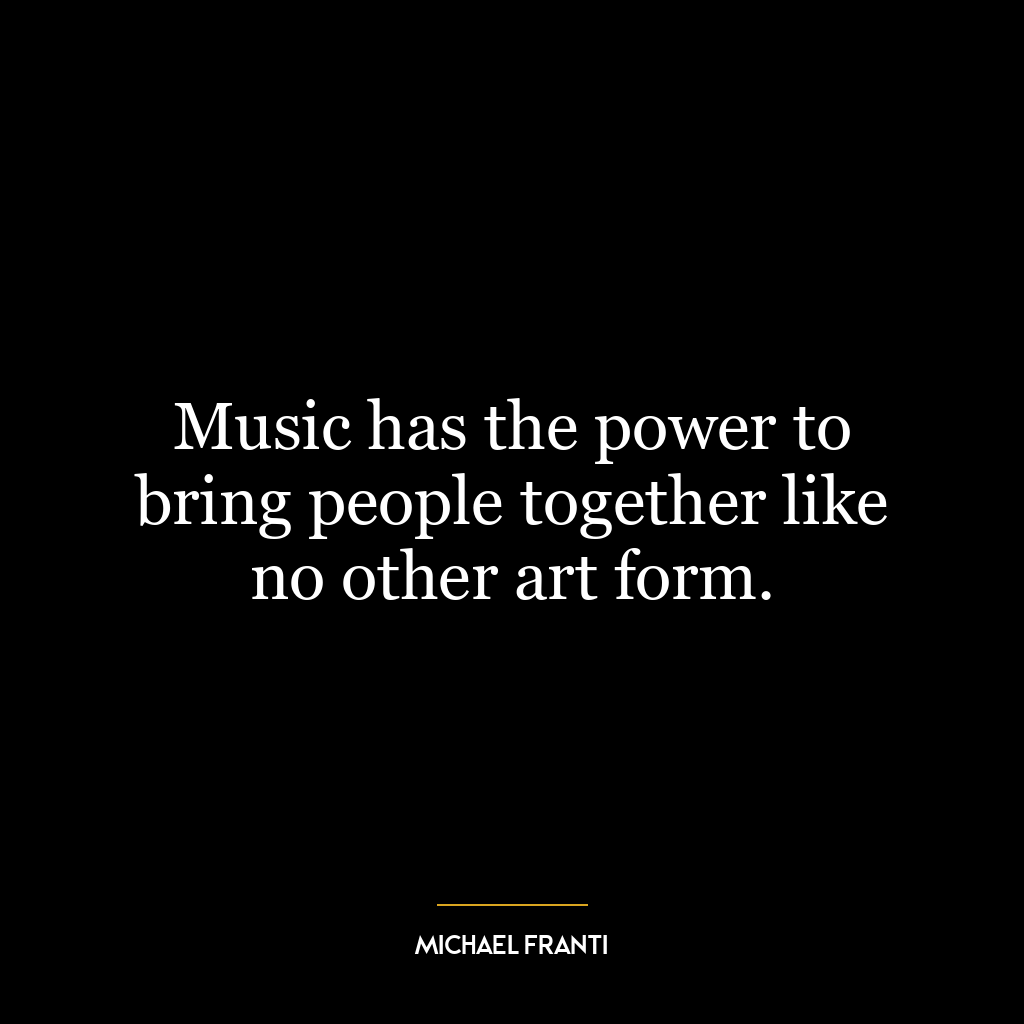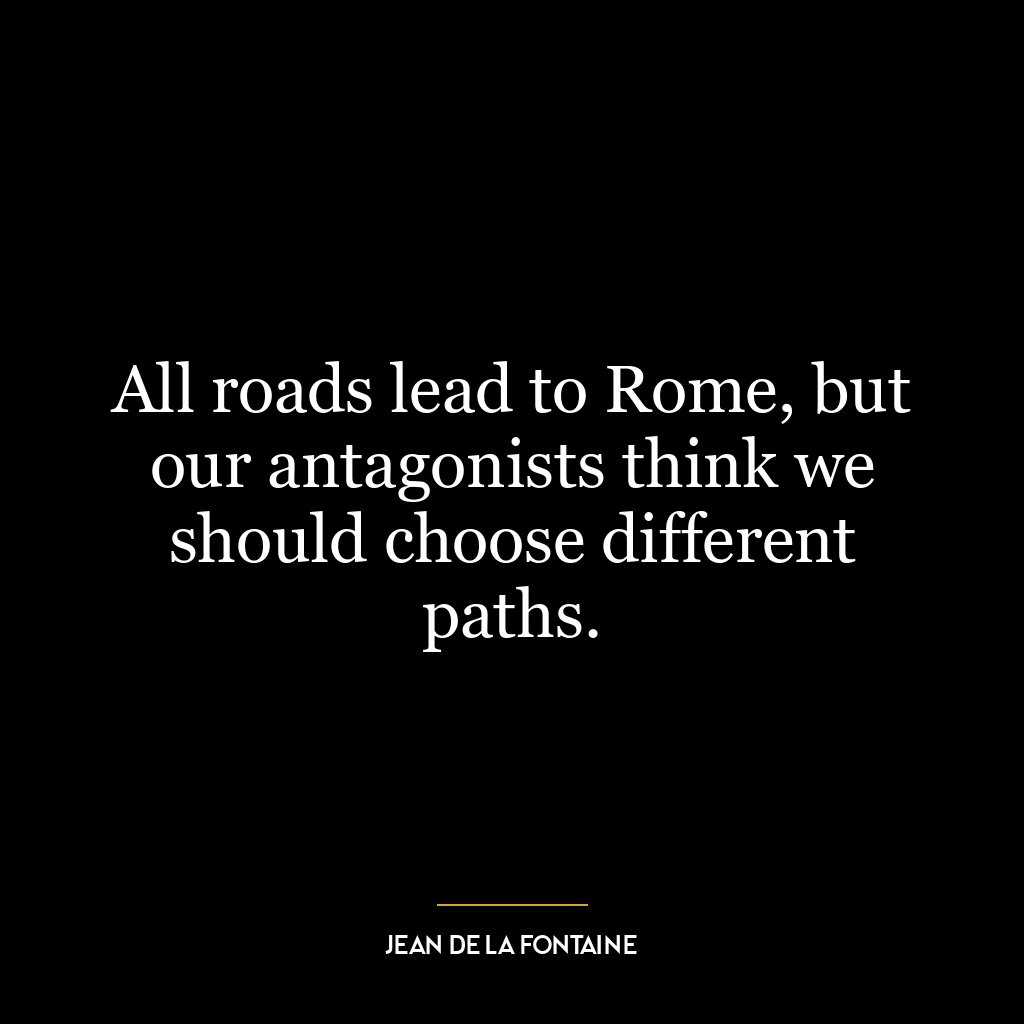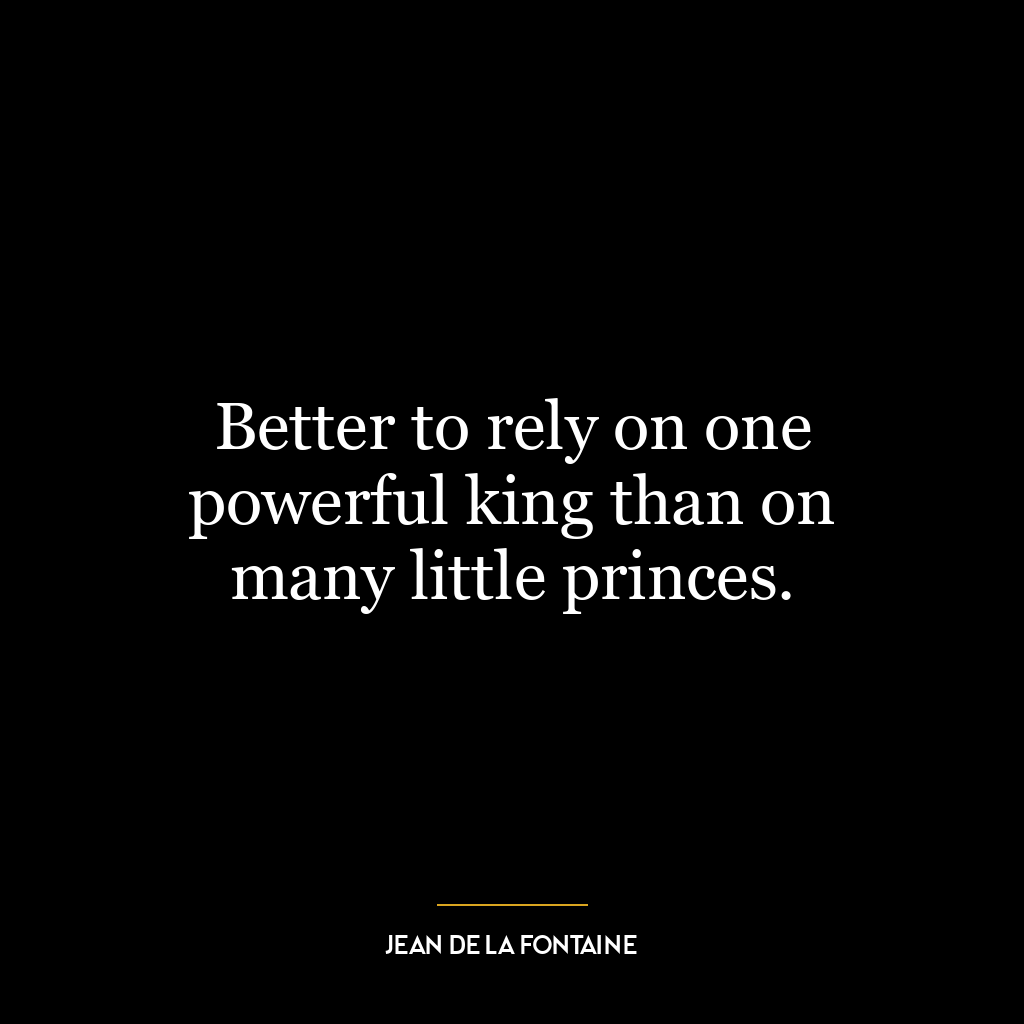This quote suggests that the concept of unity is inherently binary, meaning it is composed of two parts. The first part is unity itself, the state of being one or joined as a whole. The second part is the idea or concept of unity, which is the mental construct we use to understand and apply unity. So, even in the concept of unity, which signifies oneness, there exists duality.
In essence, this quote is a paradoxical statement that highlights the inherent duality in everything. It underscores the idea that nothing can exist without its opposite, or without a point of reference. Just as light cannot exist without darkness, unity cannot exist without division.
In today’s world, this concept could be applied in various ways. In the context of social issues, for instance, it could be used to understand that unity in a society cannot be achieved without acknowledging and addressing the divisions and differences that exist within it. It’s only by recognizing and understanding these divisions that we can work towards true unity.
In personal development, this quote can be interpreted as a reminder that personal growth often involves the integration of different, often opposing, aspects of oneself. For example, one might need to reconcile their strengths and weaknesses, or their aspirations and fears, to achieve a sense of wholeness or unity within themselves.
It also suggests that embracing duality, rather than striving for an unattainable ideal of pure unity, might be a more constructive approach. This could mean accepting and balancing different aspects of one’s life – work and leisure, independence and relationships, certainty and uncertainty – rather than trying to eliminate one in favor of the other.







